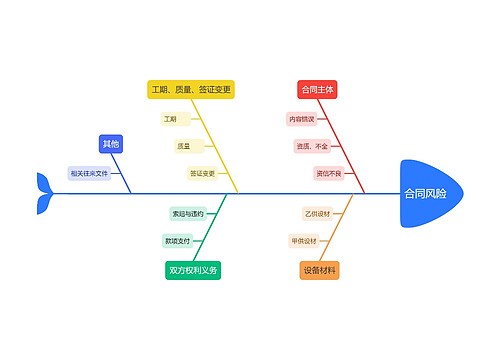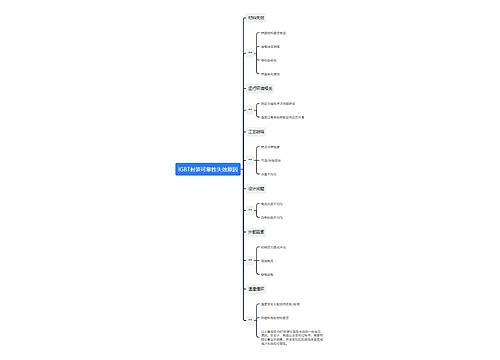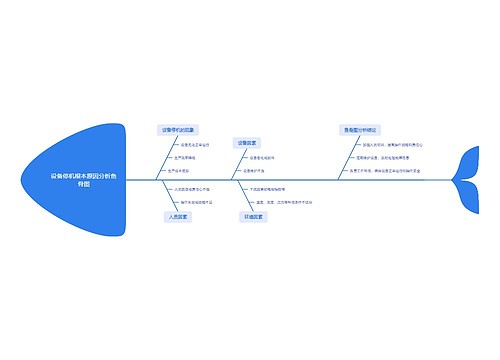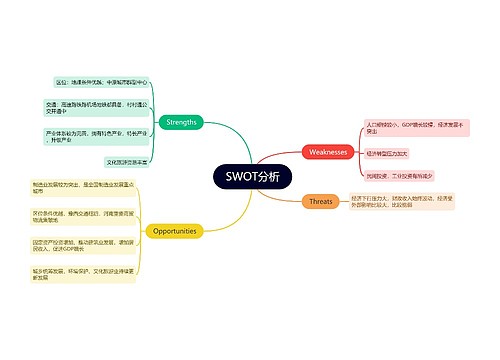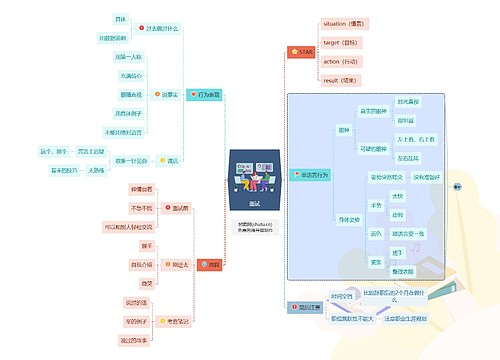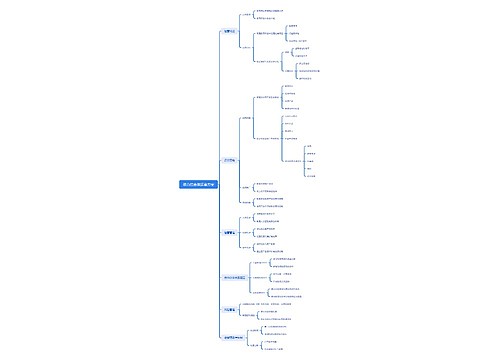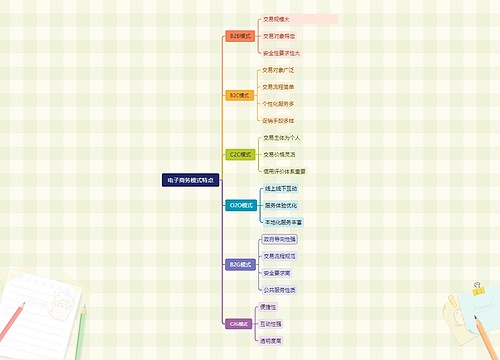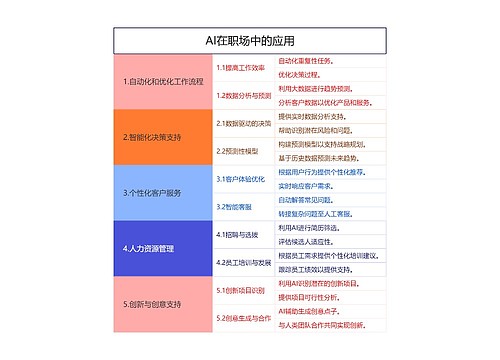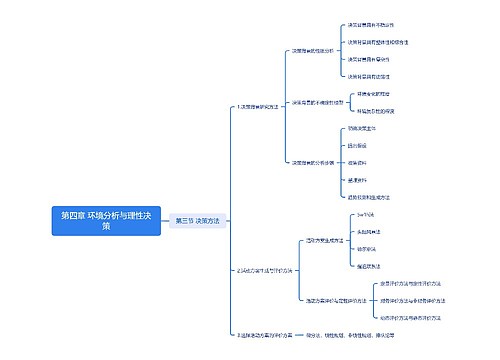
早期接触农业、生物多样性和绿地与炎症性肠病风险之间的关系:一项基于人群的队列研究思维导图
U263263693
2024-04-07
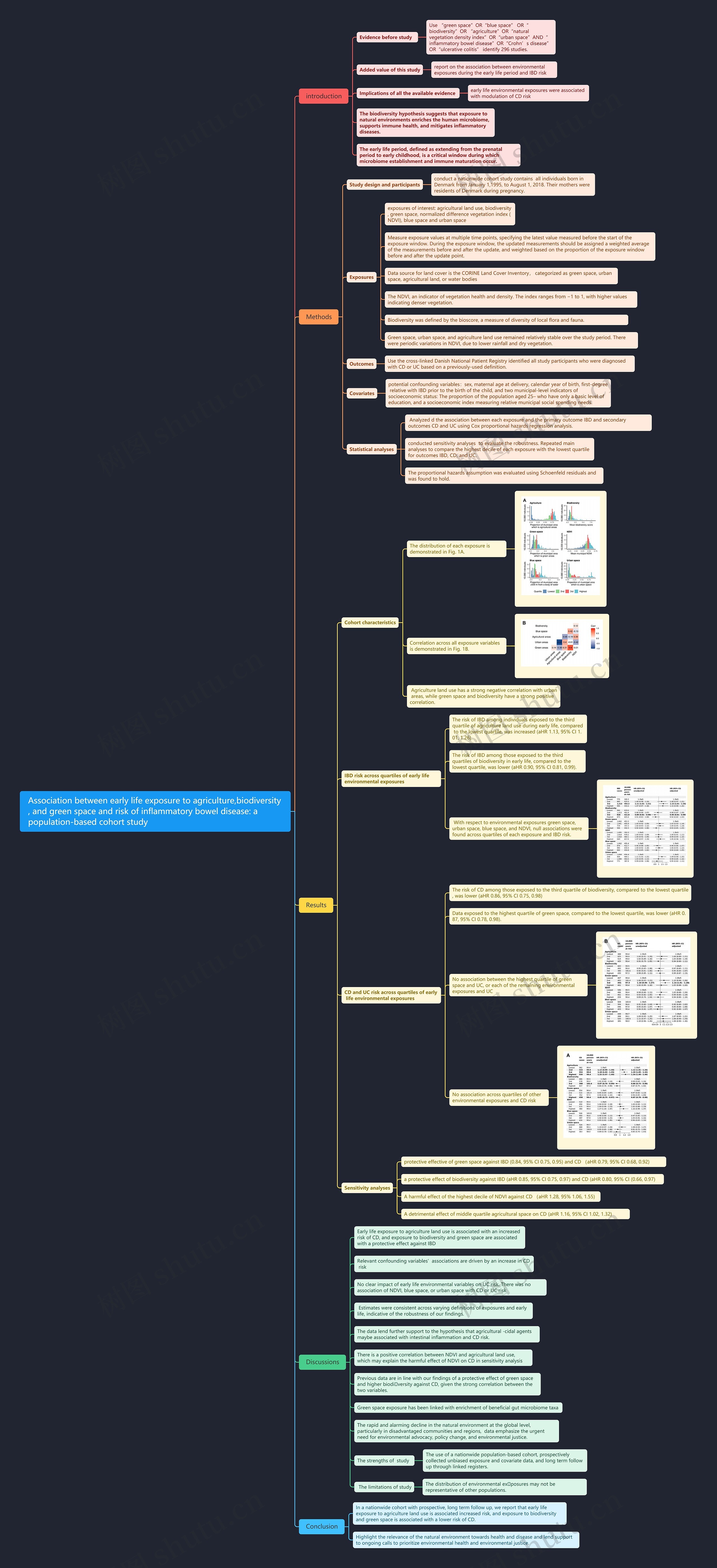
生物多样性
农业接触
疾病风险
介绍,方法,结果与讨论等内容讲解
树图思维导图提供《早期接触农业、生物多样性和绿地与炎症性肠病风险之间的关系:一项基于人群的队列研究》在线思维导图免费制作,点击“编辑”按钮,可对《早期接触农业、生物多样性和绿地与炎症性肠病风险之间的关系:一项基于人群的队列研究》进行在线思维导图编辑,本思维导图属于思维导图模板主题,文件编号是:75be218ffb126e173bd37cfbce4760ff
思维导图大纲
相关思维导图模版
Association between early life exposure to agriculture,biodiversity, and green space and risk of inflammatory bowel disease: a population-based cohort study思维导图模板大纲
introduction
Evidence before study
Use “green space”OR“blue space” OR“biodiversity”OR “agriculture”OR“natural vegetation density index”OR“urban space”AND“inflammatory bowel disease”OR“Crohn’s disease”OR“ulcerative colitis” identify 296 studies.
Added value of this study
report on the association between environmental exposures during the early life period and IBD risk
Implications of all the available evidence
early life environmental exposures were associated with modulation of CD risk
The biodiversity hypothesis suggests that exposure to natural environments enriches the human microbiome, supports immune health, and mitigates inflammatory diseases.
The early life period, defined as extending from the prenatal period to early childhood, is a critical window during which microbiome establishment and immune maturation occur.
Methods
Study design and participants
conduct a nationwide cohort study contains all individuals born in Denmark from January 1,1995, to August 1, 2018. Their mothers were residents of Denmark during pregnancy.
Exposures
exposures of interest: agricultural land use, biodiversity, green space, normalized difference vegetation index (NDVI), blue space and urban space
Measure exposure values at multiple time points, specifying the latest value measured before the start of the exposure window. During the exposure window, the updated measurements should be assigned a weighted average of the measurements before and after the update, and weighted based on the proportion of the exposure window before and after the update point.
Data source for land cover is the CORINE Land Cover Inventory, categorized as green space, urban space, agricultural land, or water bodies
The NDVI, an indicator of vegetation health and density. The index ranges from −1 to 1, with higher values indicating denser vegetation.
Biodiversity was defined by the bioscore, a measure of diversity of local flora and fauna.
Green space, urban space, and agriculture land use remained relatively stable over the study period. There were periodic variations in NDVI, due to lower rainfall and dry vegetation.
Outcomes
Use the cross-linked Danish National Patient Registry identified all study participants who were diagnosed
with CD or UC based on a previously-used definition.
Covariates
potential confounding variables:sex, maternal age at delivery, calendar year of birth, first-degree relative with IBD prior to the birth of the child, and two municipal-level indicators of socioeconomic status: The proportion of the population aged 25– who have only a basic level of education, and a socioeconomic index measuring relative municipal social spending needs.
Statistical analyses
Analyzed d the association between each exposure and the primary outcome IBD and secondary outcomes CD and UC using Cox proportional hazards regression analysis.
conducted sensitivity analyses to evaluate the robustness. Repeated main analyses to compare the highest decile of each exposure with the lowest quartile for outcomes IBD, CD, and UC.
The proportional hazards assumption was evaluated using Schoenfeld residuals and was found to hold.
Results
Cohort characteristics
The distribution of each exposure is demonstrated in Fig. 1A.
Correlation across all exposure variables is demonstrated in Fig. 1B.
Agriculture land use has a strong negative correlation with urban areas, while green space and biodiversity have a strong positive correlation.
IBD risk across quartiles of early life environmental exposures
The risk of IBD among individuals exposed to the third quartile of agriculture land use during early life, compared to the lowest quartile, was increased (aHR 1.13, 95% CI 1.01, 1.26).
The risk of IBD among those exposed to the third quartiles of biodiversity in early life, compared to the lowest quartile, was lower (aHR 0.90, 95% CI 0.81, 0.99).
With respect to environmental exposures green space, urban space, blue space, and NDVI, null associations were found across quartiles of each exposure and IBD risk.
CD and UC risk across quartiles of early life environmental exposures
The risk of CD among those exposed to the third quartile of biodiversity, compared to the lowest quartile, was lower (aHR 0.86, 95% CI 0.75, 0.98)
Data exposed to the highest quartile of green space, compared to the lowest quartile, was lower (aHR 0.87, 95% CI 0.78, 0.98).
No association between the highest quartile of green space and UC, or each of the remaining environmental exposures and UC
No association across quartiles of other environmental exposures and CD risk
Sensitivity analyses
protective effective of green space against IBD (0.84, 95% CI 0.75, 0.95) and CD (aHR 0.79, 95% CI 0.68, 0.92)
a protective effect of biodiversity against IBD (aHR 0.85, 95% CI 0.75, 0.97) and CD (aHR 0.80, 95% CI (0.66, 0.97)
A harmful effect of the highest decile of NDVI against CD (aHR 1.28, 95% 1.06, 1.55)
A detrimental effect of middle quartile agricultural space on CD (aHR 1.16, 95% CI 1.02, 1.32)
Discussions
Early life exposure to agriculture land use is associated with an increased risk of CD, and exposure to biodiversity and green space are associated with a protective effect against IBD
Relevant confounding variables' associations are driven by an increase in CD risk
No clear impact of early life environmental variables on UC risk. There was no association of NDVI, blue space, or urban space with CD or UC risk
Estimates were consistent across varying definitions of exposures and early life, indicative of the robustness of our findings.
The data lend further support to the hypothesis that agricultural -cidal agents maybe associated with intestinal inflammation and CD risk.
There is a positive correlation between NDVI and agricultural land use, which may explain the harmful effect of NDVI on CD in sensitivity analysis
Previous data are in line with our findings of a protective effect of green space and higher biodiversity against CD, given the strong correlation between the two variables.
Green space exposure has been linked with enrichment of beneficial gut microbiome taxa
The rapid and alarming decline in the natural environment at the global level, particularly in disadvantaged communities and regions, data emphasize the urgent need for environmental advocacy, policy change, and environmental justice.
The strengths of study
The use of a nationwide population-based cohort, prospectively collected unbiased exposure and covariate data, and long term follow up through linked registers.
The limitations of study
The distribution of environmental exposures may not be representative of other populations.
Conclusion
In a nationwide cohort with prospective, long term follow up, we report that early life
exposure to agriculture land use is associated increased risk, and exposure to biodiversity and green space is associated with a lower risk of CD.
Highlight the relevance of the natural environment towards health and disease and lend support to ongoing calls to prioritize environmental health and environmental justice.
查看更多
一、研究内容思维导图
 U682687144
U682687144树图思维导图提供《一、研究内容》在线思维导图免费制作,点击“编辑”按钮,可对《一、研究内容》进行在线思维导图编辑,本思维导图属于思维导图模板主题,文件编号是:4f21797dd3e8b08f1951dfc24e7be94f
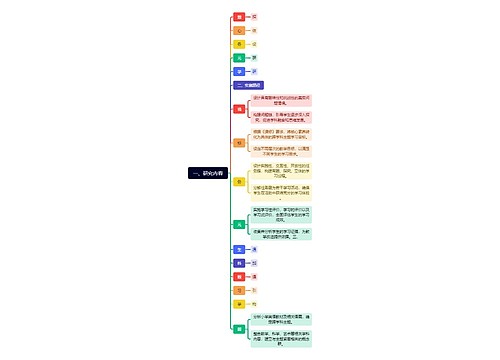
904名中国成年人第三磨牙相关知识、态度、行为和病史的横断面调查思维导图
 U633687664
U633687664树图思维导图提供《904名中国成年人第三磨牙相关知识、态度、行为和病史的横断面调查》在线思维导图免费制作,点击“编辑”按钮,可对《904名中国成年人第三磨牙相关知识、态度、行为和病史的横断面调查》进行在线思维导图编辑,本思维导图属于思维导图模板主题,文件编号是:10b9a8a2dd2fb4593f8130ef16c320fc
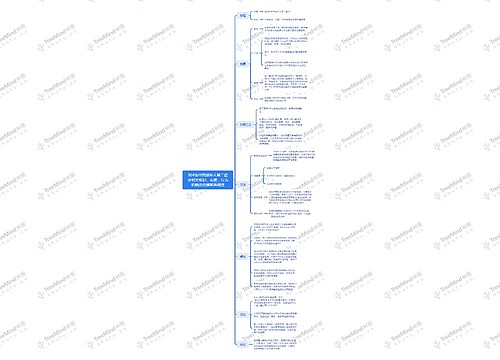
相似思维导图模版
首页
我的文件
我的团队
个人中心
